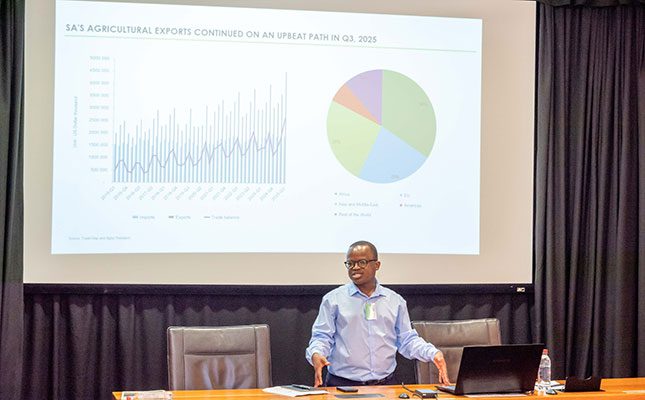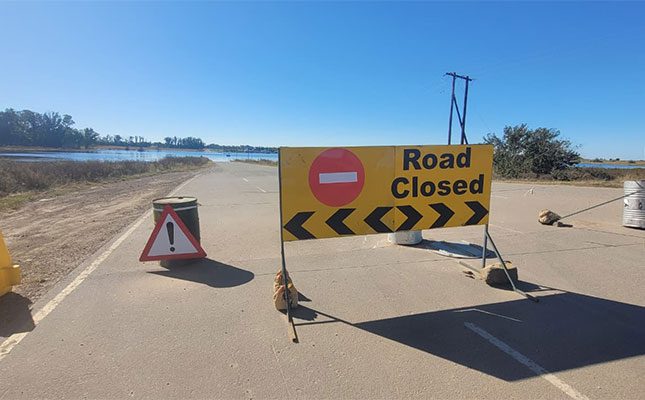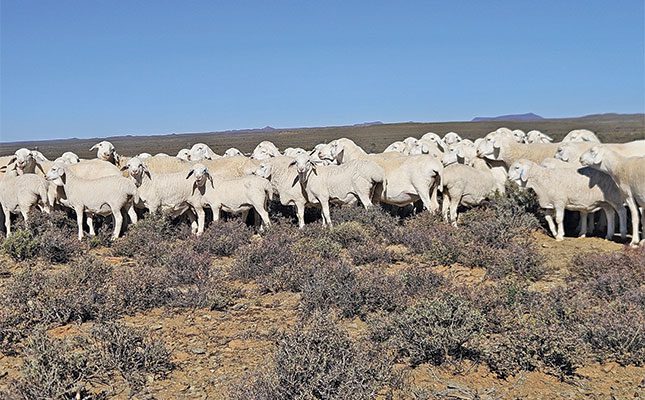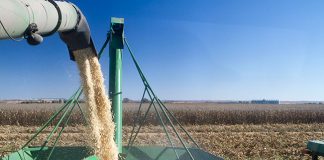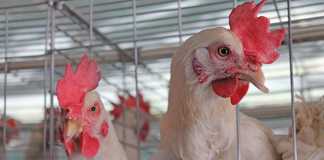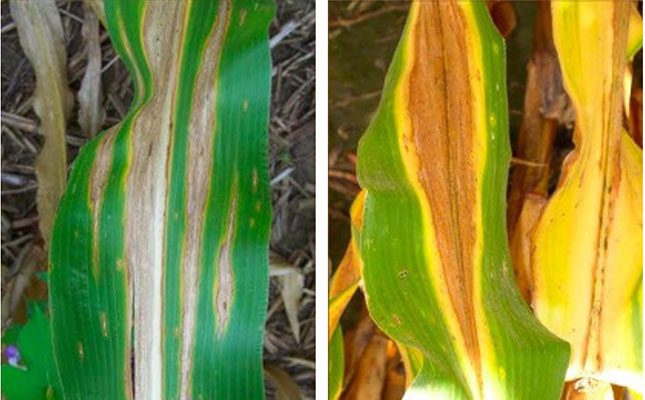
Photo: Henry Njom
“While South Africa has not yet experienced major yield losses, the potential risk is significant, as Goss’s wilt can disrupt production, affect trade, and pose challenges for national biosecurity if it spreads unchecked,” Dr Mahlane Godfrey Kgatle, research coordinator at Grain SA, said.
He added that since Goss’s wilt is considered a quarantine pathogen in many countries, its detection in South Africa led to temporary trade restrictions from neighbouring states.
“In January 2025, Botswana, Namibia, and Zimbabwe temporarily suspended maize imports from South Africa. Although these bans have since been lifted, they underscore the importance of managing the disease effectively to protect our reputation as a reliable grain supplier,” Kgatle told Farmer’s Weekly.
Locally, the disease has remained contained, partly due to low inoculum levels in the environment and weather conditions in recent seasons that weren’t favourable for its spread.
However, the risk remains. “If left unchecked, especially under conducive weather conditions, Goss’s wilt could spread widely and cause significant economic losses,” Kgatle added.
Strategies for controlling spread
Dr Henry Njom, researcher at the Agricultural Research Council (ARC), said that currently, there are no registered maize cultivars in South Africa that are resistant or tolerant to Goss’s wilt. In contrast, resistant cultivars are the primary management tool in the US.
Despite this, the disease’s relatively recent presence in South Africa offers a valuable window for proactive intervention.
“Farmers should focus on strategies that limit the disease’s spread,” Njom explained.
These include:
- Crop rotation with non-host crops such as soya bean or small grains to reduce residue build-up;
- Avoiding mechanical injury during cultivation, which can provide entry points for the bacteria;
- Cleaning farm equipment after use in each field to prevent spread; and
- Engaging with seed companies to identify maize varieties that have shown tolerance in international trials.
“These measures may seem basic, but they are crucial for keeping Goss’s wilt under control at this early stage,” he added.
Kgatle added that, unlike crops grown in controlled environments, quarantine is impractical for open-field maize due to its large-scale seasonal planting and harvesting.
“Isolating maize fields is nearly impossible, so we do not impose quarantine measures [on them]. Instead, farmers play a critical role by reporting suspected Goss’s wilt cases to Grain SA. These reports are vital for understanding disease distribution and severity,” he said.
Yolanda Mthembu, a production scientist from the Directorate for Plant Health at the Department of Agriculture (DOA), said South Africa’s response to Goss’s wilt has been highly collaborative, involving government, research institutions, and farmer organisations.
This year, the DOA conducted a national delimiting survey to map the disease’s distribution, while Grain SA, in partnership with the Forestry and Agricultural Biotechnology Institute (FABI), coordinated field sample collections to support FABI and the ARC’s research efforts, she explained.
“The data from these surveys will inform national monitoring and containment strategies. We aim to build a detailed picture of the disease’s distribution, the strains present, and the environmental factors that influence its spread,” Mthembu added.
Establishing the Goss’s wilt research platform
Njom added that, to bolster research and management of the disease, a Goss’s wilt research consortium has been established. Coordinated by Grain SA, the consortium includes the ARC, the Council for Scientific and Industrial Research, the DOA, FABI, and the University of Pretoria’s Department of Plant and Soil Sciences.
The consortium’s objectives are:
- Collect and store samples of C. nebraskensis found in South Africa
- Enhance diagnostic and surveillance capacity for bacterial diseases of maize
- Identify cultivars tolerant or resistant to Goss’s wilt that are suitable for local conditions
- Facilitate knowledge exchange between farmers, researchers, and policymakers about the disease, including its distribution, severity, symptoms, and management
- Develop practical, region-specific guidelines for managing Goss’s wilt
“Collaboration across these institutions ensures that science-based solutions reach farms quickly,” Njom said.
Diagnosing Goss’s wilt
He added that accurate diagnosis of Goss’s wilt is critical, as the disease can be mistaken for other maize issues, including northern corn leaf blight, nutrient deficiencies, drought stress, or chemical injury.
Farmers should look for two primary symptoms:
- Leaf blight: long, grey-green or tan lesions with wavy margins, often featuring dark water-soaked spots called freckles. A shiny, sticky substance may also form on the leaf surface under sunlight.
- Systemic wilt: severe but less common, causing wilting and plant death as bacteria spread through the plant’s vascular system.
“Misidentifying Goss’s wilt can lead to wasting inputs such as fungicides, which are ineffective against bacterial pathogens,” Njom added.
Farmers are encouraged to submit samples to Grain SA, the ARC, FABI, the Plant Disease Clinic at Stellenbosch University, or the DOA for official testing.
“Early detection, accurate diagnosis, and coordinated management are our best tools. By staying vigilant and proactive, South Africa can keep Goss’s wilt under control and safeguard its maize industry for generations to come,” Kgatle concluded.





